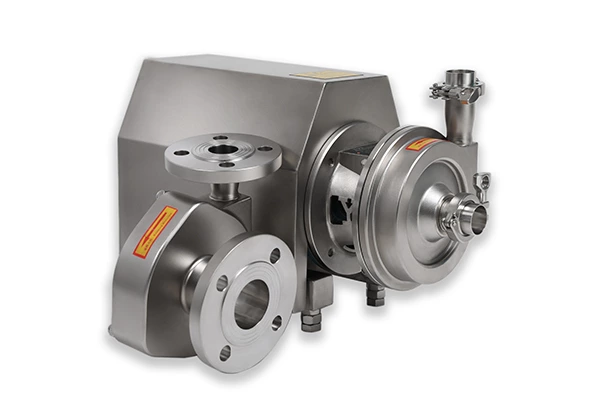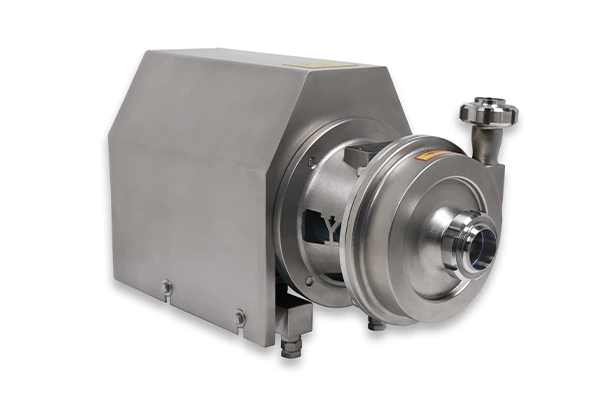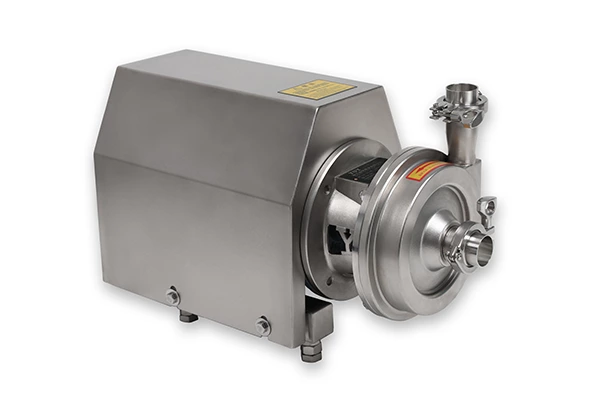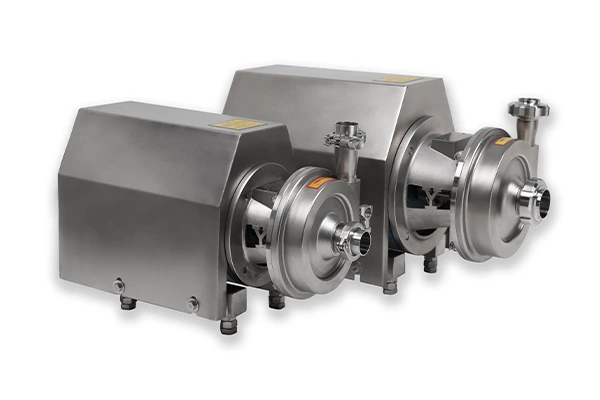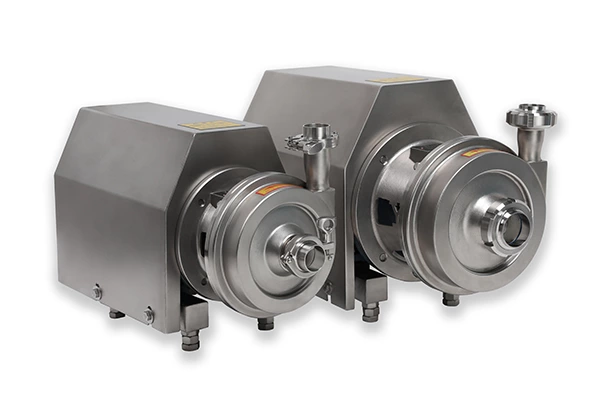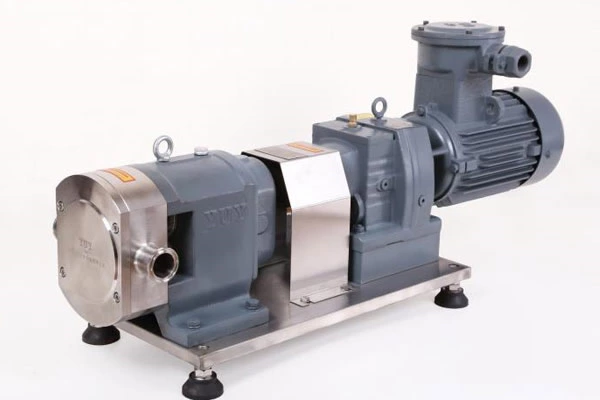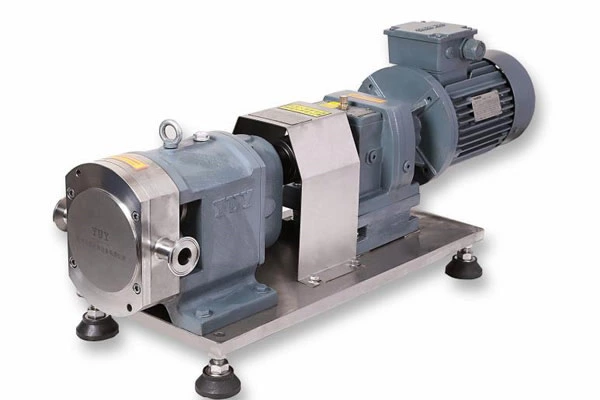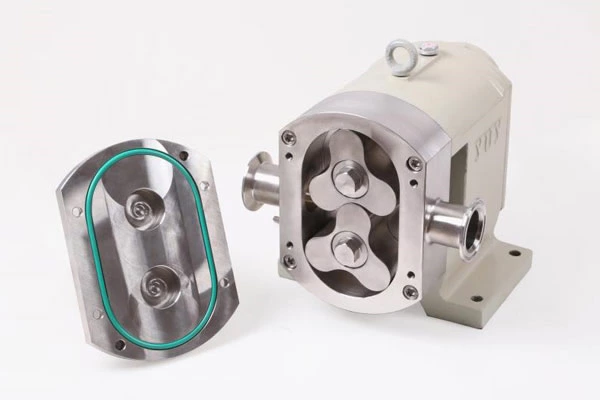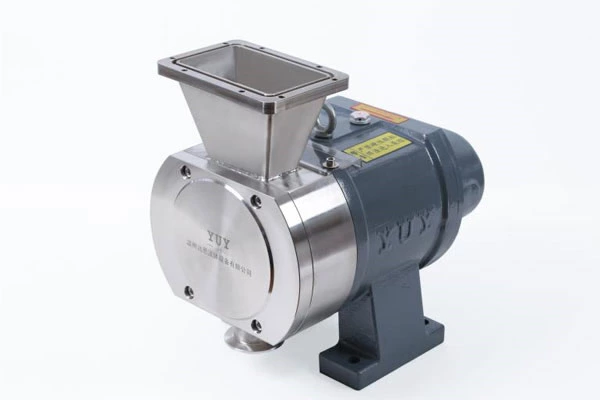How To Prevent Sanitary Centrifugal Pumps From Affecting The Operation And Production Of Machines
Sanitary Centrifugal Pump uses imported bearings, which have a long running time. In addition, since the pump and the motor are coaxial, the shaft is short, and the rotating parts are light, the load (radial) on the bearing is relatively small, and the life is much longer than that of ordinary pumps; there are no problems such as cavitation damage and water diversion, especially the latter point brings great convenience to the operator; the vibration noise is small, the motor temperature rise is low, and there is no pollution to the environment. Thus, energy saving and electricity saving can be achieved! Before the first start-up of the sanitary centrifugal pump, you only need to fill 2/3 of the water into the pump housing of the self-priming pump, and then start the self-priming pump to automatically suck up the water. The sanitary centrifugal pump is very easy to start and easy to use. It is widely used in my country's farmland sprinkler irrigation water conservancy projects.
Some newcomers will find that the sealing effect of the plastic self-priming pump is not very good after using it for a period of time, and it will leak somewhere in the machine. The reason may be that the end face of the machine has been worn for a long time. You can adjust the moving ring to loosen the screw. Or push the pump shaft forward appropriately to make sure there is no resistance in front. If it is too loose, leakage will occur. If it is too tight, it will affect the life of the mechanical seal.
In fact, it is best to keep the machine running for 8 to 10 hours a day, and regularly check and replace parts so as not to affect the operation and production of the machine. The specific gravity of the conveying medium should match that of the motor, otherwise it will affect the head or cause the motor to burn out.
Regularly check the machine parts of the sanitary centrifugal pump. Of course, it is necessary to disassemble it during the inspection, and it should be done in the correct order. The mechanical seal sealing surface should be checked, and the dirt in the pump cover, impeller, and mechanical seal assembly should be removed.
The sanitary centrifugal pump adopts an external mixed axial return pump body structure. The pump body consists of a suction chamber, a liquid storage chamber, a volute, a reflux hole, a gas-liquid separation chamber and other components. After the pump is started, under the action of centrifugal force, the remaining liquid in the water suction chamber and the air in the liquid inlet pipeline are stirred into a gas-water mixture by the impeller. The mixture enters the gas-liquid separation chamber through the volute. As the speed slows down, the gas and water are separated, and the air is discharged from the pump outlet. The liquid returns to the pump through the return hole. After multiple cycles, the air in the liquid inlet pipeline is completely discharged, so that a certain vacuum is formed in the pump to achieve the effect of self-priming.
The reason why the sanitary centrifugal pump can self-prime and the self-priming principle of the self-priming pump are as follows: mainly because the structure of the pump body of the self-priming pump is different from that of the ordinary centrifugal pump. The main difference is that the water suction port of the self-priming pump is higher than the pump shaft; there is no large gas-water separation chamber before the water outlet of the pump and generally has a double-layer pump casing. In this way, before starting, there is always a part of water in the pump casing of the self-priming pump. When the impeller of the self-priming pump rotates, the stored water is thrown to the outer edge of the impeller under the action of centrifugal force, and a vacuum is formed at the inlet of the impeller. The air in the water inlet pipe is sucked into the impeller from the pump inlet. The sanitary centrifugal pump forms an air-water mixture at the outer edge of the impeller and rises along the volute flow channel. When the air-water mixture flows to the air-water separation chamber, the flow rate of the air-water mixture decreases due to the increase in cross-section, and the air overflows from the outlet of the separation chamber. The water flows back along the lower part of the volute flow channel under the action of its own weight, and enters the pump casing flow channel to mix with the air in the pump again. This is repeated many times, and the air in the water suction pipe is gradually eliminated. After the air is exhausted, the inlet pipeline forms a negative pressure state, and the water will be slowly sucked into the pump body. After arriving at the pump body, the water flow rate is accelerated due to the effect of the throwing force of the sanitary centrifugal pump, so that the water flow rate in the inlet pipeline is accelerated, and the self-priming effect of the self-priming pump is achieved. The main components of the self-priming pump are basically the same as those of the single-stage single-suction centrifugal pump.
